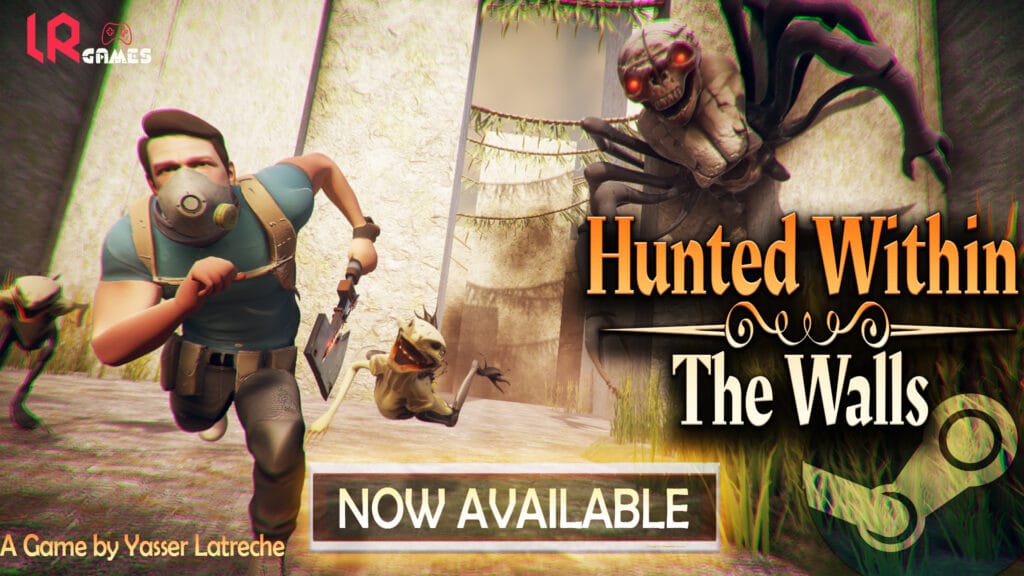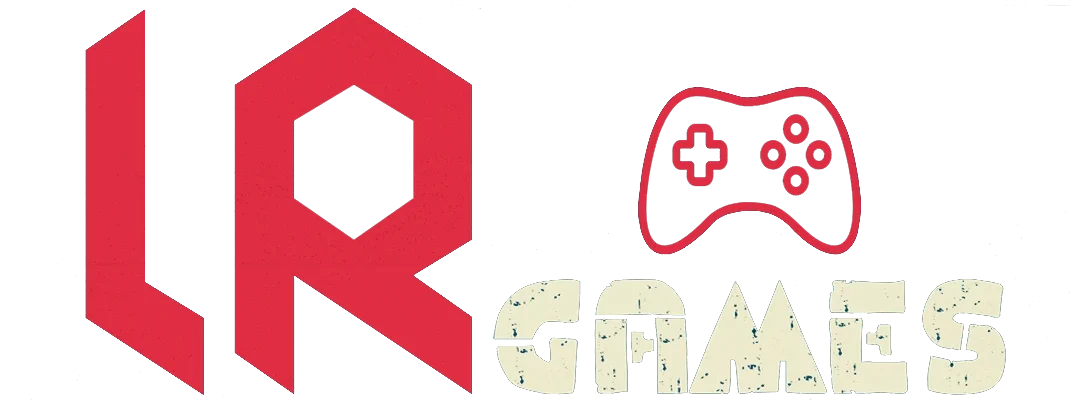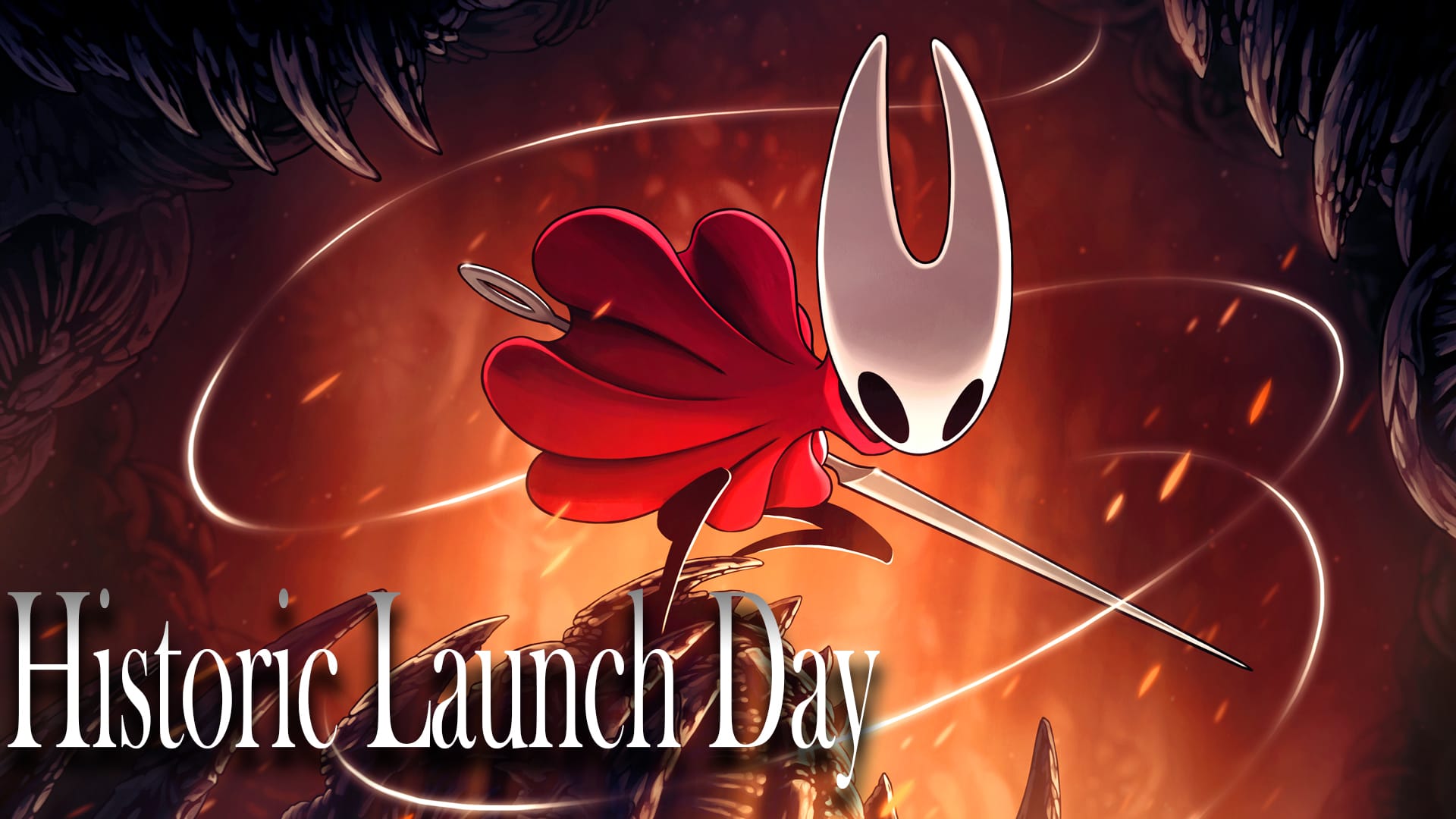The Most-Wishlisted Indie Game Ever
Let’s be honest—nobody really expected Hollow Knight Silksong to reach the level of hype it did. Sure, the first game was a masterpiece and built a loyal fanbase, but 5.2 million wishlists? That’s just absurd. To put it in perspective, that’s more people anticipating a hand-drawn Metroidvania than some triple-A open world releases that dominate E3 stages. Crazy, right?
The years of waiting didn’t just raise expectations, it created a myth. Silksong wasn’t just another sequel—it became the promised land for indie gamers, a project people joked would never arrive, and when it finally did, it felt unreal. Reddit was full of memes counting the days, players were building fan projects just to fill the gap, and even journalists stopped asking “if” and started asking “when” Team Cherry would finally drop the game.
This record-breaking wishlist number wasn’t just a flex. It told the industry something important: passion-driven games can compete head-to-head with billion-dollar franchises. No giant marketing push, no endless trailers—just word of mouth, community love, and the legacy of the first Hollow Knight. Honestly, it’s one of those rare cases where the underdog story becomes reality.
So yeah, before launch day even began, Silksong was already in the history books. That’s a weird kind of pressure to put on a small team, but also a once-in-a-lifetime achievement. And let’s face it—when millions of people are refreshing their Steam page for your game, you know you’ve built something special.
Launch Day Chaos on Storefronts
Here’s the thing: digital storefronts are supposed to handle pressure. They’ve seen Call of Duty launches, Elden Ring rushes, and giant Fortnite updates. But when Hollow Knight Silksong went live? Boom—servers everywhere started crumbling.
Steam went first, crashing for thousands of users. Nintendo’s eShop followed, spitting out errors when people tried to pay. PlayStation players reported “something went wrong” screens, and Xbox wasn’t spared either. It was like the entire industry wasn’t ready for a swarm of bug-loving gamers storming the gates.
Some players joked that actually buying Silksong became the first boss fight. Screenshots of failed purchase attempts went viral. Others sat in queues that lasted hours, refreshing over and over just to snag their copy. And while frustrating, it also became part of the shared experience. Like, if you didn’t have at least one error message on launch day, were you even really there?
What’s wild is that this wasn’t just limited to one region. Reports came in globally—US, Europe, Asia—all seeing the same meltdown. That’s how you know demand wasn’t just a spike, it was a tidal wave.
Honestly, it’s kinda poetic. A game about patience, perseverance, and skill testing your ability to wait through storefront errors? That almost feels intentional, even though of course it wasn’t. Still, this chaos just amplified the sense that we were witnessing something bigger than a normal game release.
Silksong Player Count Smashes Records
Now let’s talk raw numbers, because they tell a pretty insane story. Within 45 minutes of release, Hollow Knight Silksong hit over 100,000 concurrent players on Steam. That’s the kind of figure usually reserved for blockbuster launches, not an indie sequel.
A few hours in, the game broke past the original Hollow Knight’s all-time high of 72,916 concurrents, soaring to 111,873 players. And if that sounds impressive, it was only the warm-up. As the launch-day frenzy continued, Silksong peaked at 535,000 concurrent players—yes, more than half a million people all exploring Pharloom at the same time.
That number puts Silksong in the top tier of Steam launches ever. We’re talking shoulder-to-shoulder with massive titles that have marketing budgets the size of small countries. For a three-person studio? It’s honestly staggering.
And beyond bragging rights, it proves something important: indie games aren’t “niche” anymore. When the right mix of quality, timing, and community passion comes together, the results can rival (or even beat) the big names. Players weren’t just curious—they were desperate to dive in from the very first minute.
The best part? Silksong wasn’t just topping Steam charts. It climbed to #1 on Switch’s eShop, dominated PlayStation downloads, and had Xbox Game Pass players flooding in on day one. If launch day is the heartbeat of a game’s future, then Silksong’s pulse is racing.
Why This Launch Felt Different
There are plenty of big launches every year, so why did this one feel different? Simple: Hollow Knight Silksong wasn’t just a product, it was a promise. Fans had been waiting since 2019, through silence, rumors, and endless memes. The “Silksong when?” joke became a gaming community ritual, almost like a seasonal holiday.
So when it finally landed, the energy wasn’t just excitement—it was release. Years of pent-up hype burst like a dam. People who grew up with Hollow Knight in their teens were suddenly adults buying the sequel they dreamed about. That’s generational gaming impact right there.
Other devs noticed too. A bunch of indie studios literally delayed their release schedules to avoid competing with Silksong’s launch window. That’s respect, but also a sign of how massive its shadow really was. When your game causes others to back off, you’ve officially made it.
And honestly, this wasn’t about graphics or big-name actors. It was about art, mood, and the fact that Team Cherry earned trust by delivering magic once before. This was a moment of community celebration as much as it was a commercial event.
If anything, Silksong’s launch shows how games can transcend the usual hype cycle. It wasn’t about shiny ads or influencers. It was about a shared hunger, a collective wait, and finally—finally—the payoff.
What Comes Next for Hollow Knight Silksong
So here’s the real question: what happens now? A launch this huge sets expectations sky-high, and keeping momentum isn’t easy. For Hollow Knight Silksong, the first step is clear—it needs to keep players engaged long after the credits roll.
That means discussions around DLC, possible updates, and maybe even speedrunning communities rising overnight. The first game thrived for years thanks to its difficulty, secrets, and fan-driven challenges. There’s no reason Silksong can’t repeat that magic, especially with its bigger world and new mechanics.
But let’s be honest, the pressure’s on. When you break Steam with half a million players on day one, people expect you to deliver something unforgettable. Reviews, player retention, and community content will decide if this isn’t just a hype spike but a cultural mainstay.
The good news? Silksong feels built for long legs. It’s already topping sales across platforms, it’s being streamed nonstop on Twitch, and the word of mouth is overwhelmingly positive. Gamers love to nitpick, but when you see this much joy flooding timelines, you know a game has nailed it.
Whatever comes next, one thing is certain: Silksong isn’t just another sequel. It’s proof that patience, artistry, and fan loyalty can change the entire industry conversation. And honestly, seeing an indie title reach this level of dominance? That’s the kind of story every gamer secretly roots for.
Check out our Horror game Hunted Within: the walls OUT NOW

Read More About this game here.

